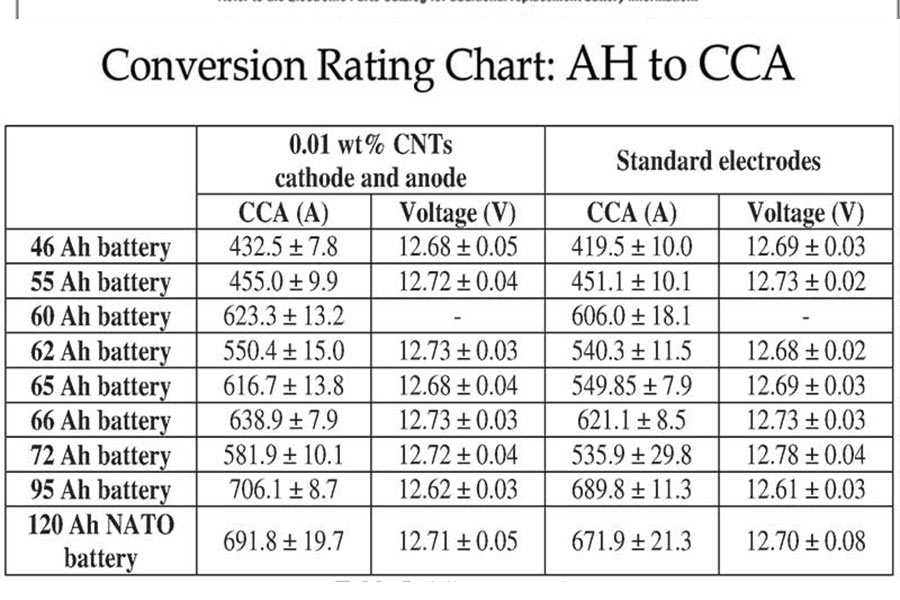Before we go into how to test cold cranking amps with a multimeter, let’s go over what cca stands for and why it’s so essential for automobiles in cold climates vs vehicles in hot climates.
What is car battery CCA meaning?
CCA stands for cold-cranking amps, and it is a rating used in the battery business to describe a battery’s capacity to start an engine in cold conditions. In general, starting an engine in a warm environment is easier than starting one in a cold one. The rating indicates how many amps a 12-volt battery can provide for 30 seconds at 0°F while maintaining a voltage of at least 7.2 volts.
The higher the CCA rating, the greater the starting power of the battery.
If you live in a cold climate, check about the CCA Rating
The CCA rating is more significant if you live in a cold climate than it is if you live in a warm one. Because the starting power of a battery decreases as it ages, a battery with a higher starting power should provide you with more confidence over time. Replacement batteries should have the same or higher rating than the original battery.
Cold Cranking Amps Chart

When you purchase a battery with a CCA rating, all you have to do is apply this easy division method to convert it to AH to figure out how much capacity the battery has.
So, in this situation, the rule of thumb is to divide the CCA rating by a constant number of 7.25 to get the AH value, which is simple, right? Again, I cannot ensure that the AH value you obtain using this approach is the precise value carried by the battery, but believe me when I say that this is as near as you can get.
As an example, imagine you are considering buying a battery with a CCA rating of around 1500, and you want to figure out the AH rating as well. Now, you simply divide 1500 with 7.25, so 1500 / 7.25 = 206.9.
So, 207AH is the approximate value that you can use to estimate the battery health of your battery.
For more about how to test battery amp with a multimeter are in detail step by step.
Amp Hours To CCA
CCA– A-H
• You can use the CCA rating number of your, say, car battery and multiply it by 0.7—if you possess a 600 in the CCA, you will get around 420 in A-H.
BY THE SAME TOKEN
A-H – CCA
• You can use the A-H rating number of your car battery, again, and multiply it by 7.25—if you possess a 100 in the A-H, you will get around 725 in CCA.
More: How To Restore A Car Battery With Epsom Salt
So How To Test Cold Cranking Amps With A Multimeter?
Keep your multimeter attached to the battery terminals while testing the cold-cranking amps, and then start your vehicle. This is a two-person task, with one person controlling the ignition and the other checking for variations while the engine is running.
If the measurement dips to 10 volts but then rises to approximately 12 volts, it is the optimum scenario. If the reading remains consistent after the initial value drop, your battery is in good working order. Throughout the process, the engine must be running.
If the first measurement is at 5V and not below, the battery is steadily fading and will not last long. Also, if the measurement is much below 5V, the cell should be replaced.
Make sure you don’t try to accomplish everything on your own. You should enlist the assistance of another person since attempting to handle both the engine and the measurement on your own may result in incorrect measurement.
